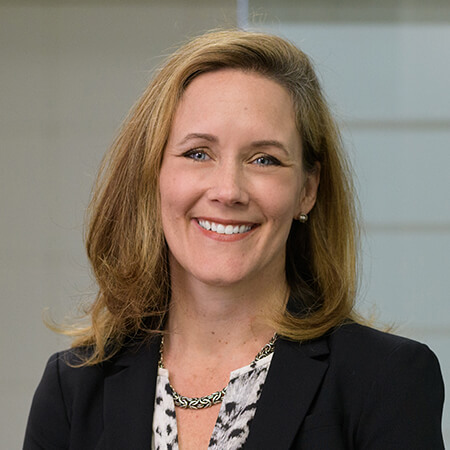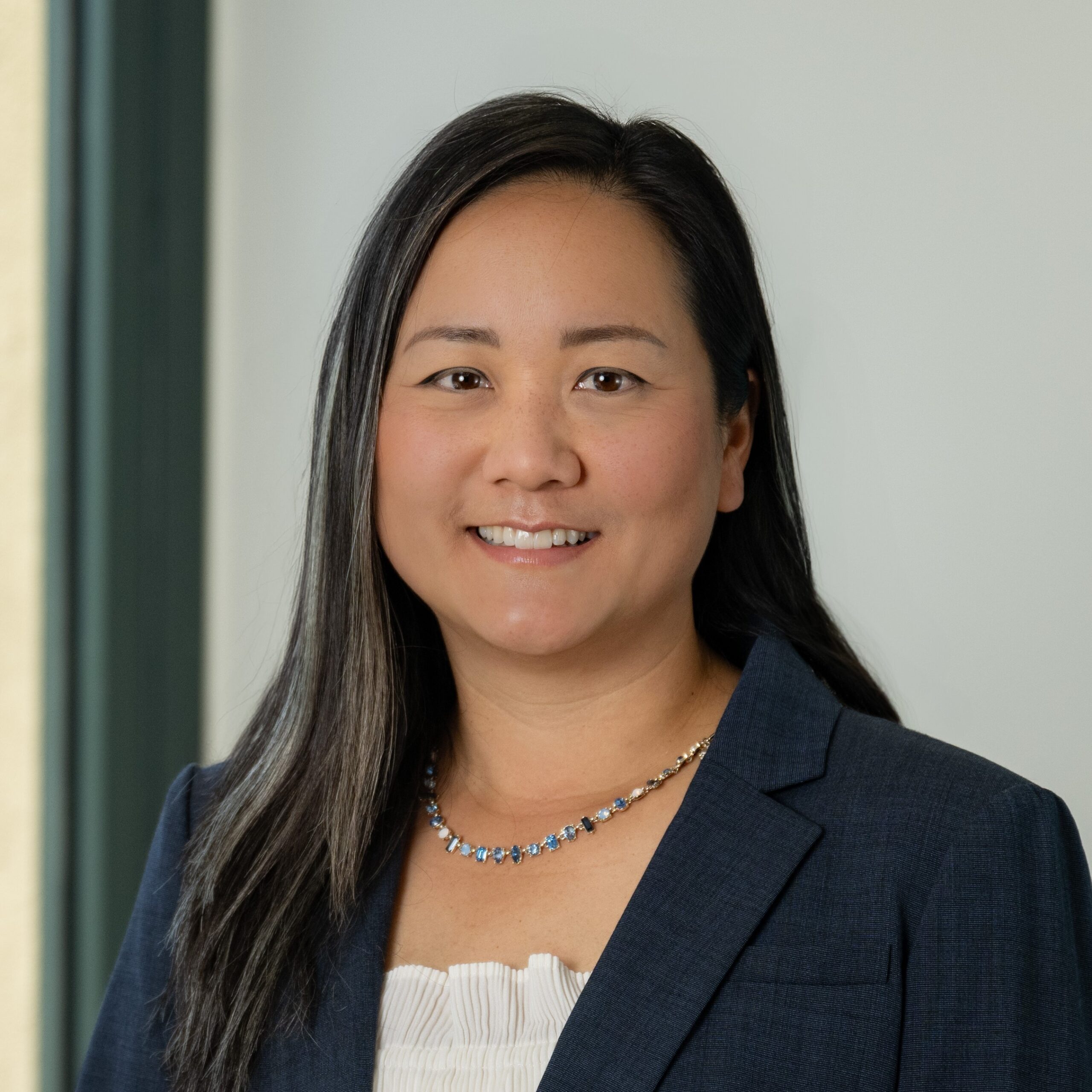When you work with a wealth advisor, investment and financial planning experience is expected. But what truly defines an exceptional advisory relationship is something deeper:

Admitting that Non-Admitted Insurance Is Here to Stay
As natural disasters continue to adversely impact much of the country, standard (or admitted) insurance is becoming increasingly difficult for homeowners to secure. As a result, something called “non-admitted” insurance (which is often used interchangeably with the terms “excess and surplus lines”) is becoming more common and helping homeowners solve their coverage needs, usually at higher cost. In disaster-prone states like California and Florida—with their now almost routine devastating damages from wildfires and hurricanes—the need for non-admitted insurance is growing more dire all the time. Standard admitted carriers cannot collect enough premiums from their state-regulated policies to justify underwriting potentially ruinous risks, especially in areas of concentrated wealth where the potential cost of replacing widespread areas of destruction is more expensive. Indeed, it has become virtually impossible for many standard/admitted carriers to offer coverage that makes economic sense, leaving many homeowners with fewer choices to help protect what is likely their most valuable asset.
States regulate the insurance industry, and hence carriers that do business there must follow the state’s rules to be “admitted”—usually meaning proof of solvency and fair treatment to all customers, which is generally beneficial for all sides, since the state gives legitimacy to the carrier and in turn consumers feel more secure. Plus, importantly, the state will honor claims should the provider be unable to pay. In California, the Insurance Commissioner is an elected office—which adds an inevitable element of political considerations in policy making—and this tends to keep the focus on the consumer, but adequate pricing is also essential for long-term sustainability of the insurance market. Indeed, recent changes now allow for some “forecast pricing” plus passing through re-insurance expenses, which will partially help address the precarious situation that has been developing with admitted carriers.
Conversely, non-admitted carriers opt out of the admission process and thus have the freedom to set their own rates and coverage conditions. They can still do business in the state but without the state’s endorsement, and without access to the state guaranty fund protection for their policyholders. However, non-admitted status does not necessarily mean that the carrier is questionable; indeed, while not licensed by the state, they are still regulated, and many receive solid ratings from independent auditing agencies like AM Best. Moreover, many non-admitted carriers are owned by large, well-recognized national insurance companies, but they simply operate as fully separate entities in the non-admitted space (sort of like brand name versus private label in terms of consumer awareness). One key benefit of non-admitted insurance is its customization—rather than the state-controlled standards for admitted carriers—which can be useful for consumers (both individuals and businesses) with problematic loss history or risky property location. For example, someone with bad luck and multiple water losses over a few years will likely not get admitted coverage but could find a non-admitted carrier to accept the risk and provide coverage but with a high water-loss deductible, allowing the homeowner a reasonable level of protection and enabling the company to adequately manage the risk. Incidentally, non-admitted coverage is different than Cal FAIR Plan, which is a completely separate matter and only for fire coverage.
Bottom line, admitted carriers are still the normal, standard way of getting homeowners insurance and ostensibly they seem like the safer option. But non-admitted carriers exist for a reason, since they offer flexibility in an increasingly difficult insurance market. In fact, highly rated non-admitted insurers could be better options than lower-rated admitted carriers. If nothing else, one must admit that non-admitted insurance is going to continue to get more attention as an important solution for risk management.
Articles and Commentary
Information provided in written articles are for informational purposes only and should not be considered investment advice. There is a risk of loss from investments in securities, including the risk of loss of principal. The information contained herein reflects Sand Hill Global Advisors' (“SHGA”) views as of the date of publication. Such views are subject to change at any time without notice due to changes in market or economic conditions and may not necessarily come to pass. SHGA does not provide tax or legal advice. To the extent that any material herein concerns tax or legal matters, such information is not intended to be solely relied upon nor used for the purpose of making tax and/or legal decisions without first seeking independent advice from a tax and/or legal professional. SHGA has obtained the information provided herein from various third party sources believed to be reliable but such information is not guaranteed. Certain links in this site connect to other websites maintained by third parties over whom SHGA has no control. SHGA makes no representations as to the accuracy or any other aspect of information contained in other Web Sites. Any forward looking statements or forecasts are based on assumptions and actual results are expected to vary from any such statements or forecasts. No reliance should be placed on any such statements or forecasts when making any investment decision. SHGA is not responsible for the consequences of any decisions or actions taken as a result of information provided in this presentation and does not warrant or guarantee the accuracy or completeness of this information. No part of this material may be (i) copied, photocopied, or duplicated in any form, by any means, or (ii) redistributed without the prior written consent of SHGA.
Video Presentations
All video presentations discuss certain investment products and/or securities and are being provided for informational purposes only, and should not be considered, and is not, investment, financial planning, tax or legal advice; nor is it a recommendation to buy or sell any securities. Investing in securities involves varying degrees of risk, and there can be no assurance that any specific investment will be profitable or suitable for a particular client’s financial situation or risk tolerance. Past performance is not a guarantee of future returns. Individual performance results will vary. The opinions expressed in the video reflect Sand Hill Global Advisor’s (“SHGA”) or Brenda Vingiello’s (as applicable) views as of the date of the video. Such views are subject to change at any point without notice. Any comments, opinions, or recommendations made by any host or other guest not affiliated with SHGA in this video do not necessarily reflect the views of SHGA, and non-SHGA persons appearing in this video do not fall under the supervisory purview of SHGA. You should not treat any opinion expressed by SHGA or Ms. Vingiello as a specific inducement to make a particular investment or follow a particular strategy, but only as an expression of general opinion. Nothing presented herein is or is intended to constitute investment advice, and no investment decision should be made based solely on any information provided on this video. There is a risk of loss from an investment in securities, including the risk of loss of principal. Neither SHGA nor Ms. Vingiello guarantees any specific outcome or profit. Any forward-looking statements or forecasts contained in the video are based on assumptions and actual results may vary from any such statements or forecasts. SHGA or one of its employees may have a position in the securities discussed and may purchase or sell such securities from time to time. Some of the information in this video has been obtained from third party sources. While SHGA believes such third-party information is reliable, SHGA does not guarantee its accuracy, timeliness or completeness. SHGA encourages you to consult with a professional financial advisor prior to making any investment decision.
Other Posts By This Author
- – Exchange Ideas
- – College Bound — Hip, HIPAA, Hooray
- – Fiscal Sponsorship for Charity
- – Risky Business
Related Posts








